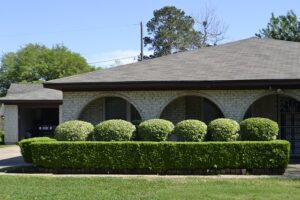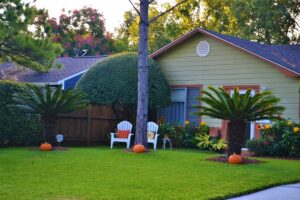Introduction
In the world of real estate, there are numerous acronyms and terms that can be confusing to those not familiar with the industry. One such acronym is RSF, which stands for Rentable Square Feet. RSF is an important concept in commercial real estate that determines the amount of space a tenant will pay for in a lease agreement. In this article, we will dive deeper into the meaning of RSF and its significance in the real estate industry.
Understanding RSF
Definition: Rentable Square Feet (RSF) refers to the total area within a commercial property that can be leased to a tenant. It includes both the usable square footage (USF), which is the actual space occupied by the tenant, and a portion of the common areas shared by all tenants in the building.
Calculation: The calculation of RSF involves adding the usable square footage of a space to a portion of the common areas. The common areas typically include hallways, lobbies, restrooms, stairwells, and other shared spaces within the building. The exact percentage allocated to common areas can vary depending on the property and market standards.
Importance in Lease Agreements: RSF is a crucial factor in commercial lease agreements as it determines the amount of rent a tenant will pay. The rental rate is usually expressed on a per square foot basis, and the RSF is used to calculate the total rent owed by multiplying the rental rate by the RSF. Therefore, accurately determining the RSF is essential to ensure fair and transparent lease agreements.
Factors Affecting RSF
Usable Square Footage (USF): The USF is the actual space occupied by the tenant and can vary depending on the layout and configuration of the property. Factors such as the presence of columns, walls, or other structural elements can affect the usable space within a property.
Common Area Factor (CAF): The CAF represents the percentage of common areas allocated to each tenant. This factor is determined by the building owner or property manager and is often based on industry standards or market practices. The CAF can vary from property to property and can impact the RSF calculation.
Shared Amenities: Some commercial properties offer shared amenities such as conference rooms, fitness centers, or parking facilities. These amenities may be included in the RSF calculation, depending on the lease agreement and market practices. Including shared amenities in the RSF can increase the overall rentable area.
Conclusion
Rentable Square Feet (RSF) is a fundamental concept in commercial real estate that determines the amount of space a tenant will pay for in a lease agreement. It encompasses both the usable square footage (USF) and a portion of the common areas within a property. Accurately calculating the RSF is crucial to ensure fair and transparent lease agreements. Factors such as the USF, common area factor (CAF), and shared amenities can influence the RSF calculation. Understanding RSF is essential for both landlords and tenants in navigating the commercial real estate market.
References
– Investopedia: www.investopedia.com
– The Balance Small Business: www.thebalancesmb.com
– Commercial Observer: www.commercialobserver.com












